
Health & Medicine
The young Australians hit hard during COVID-19
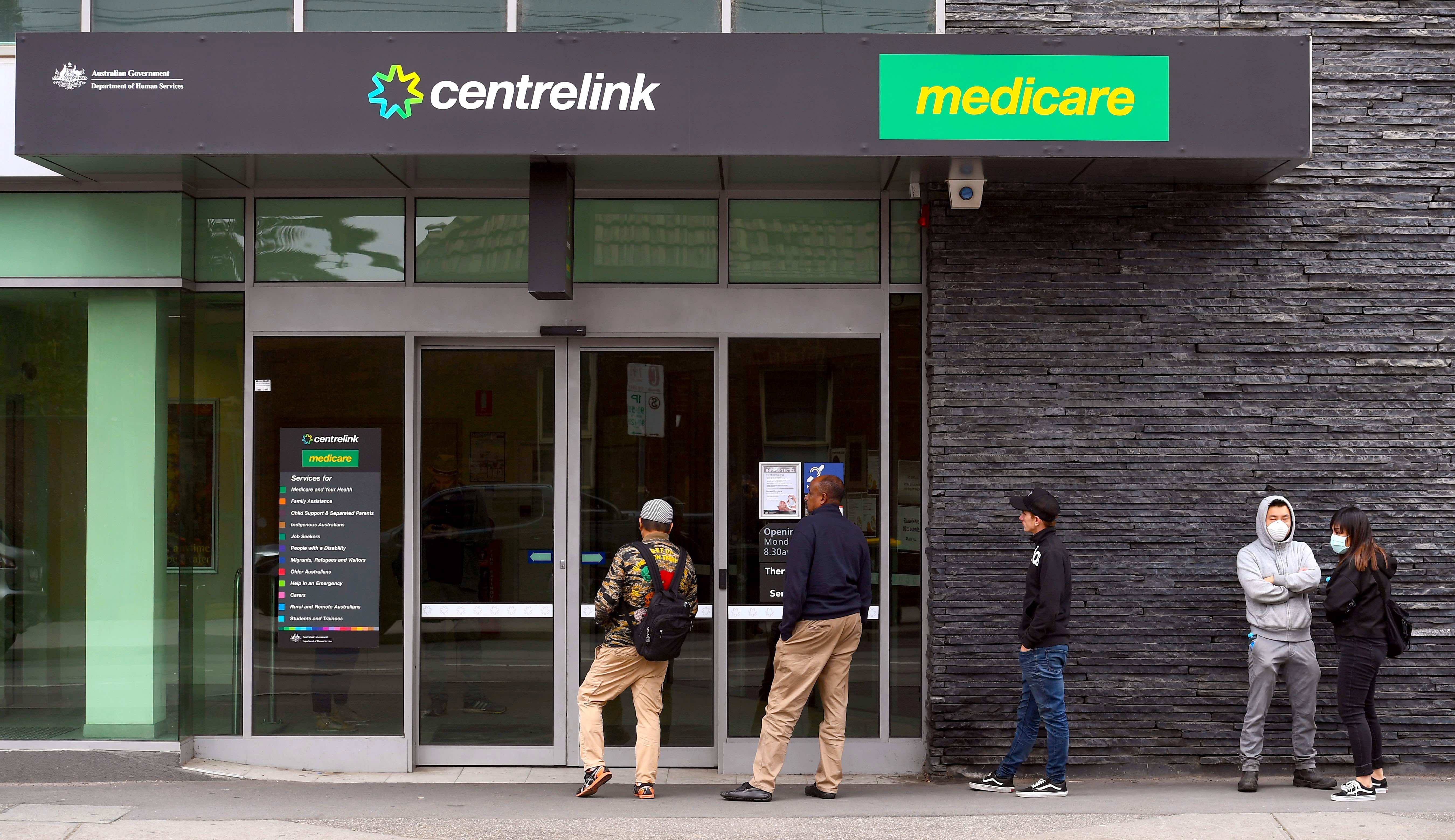
What will happen to Australians receiving JobKeeper and JobSeeker? Now is the time to look at fine-tuning these programs to help people, and the economy, bounce back
Published 26 June 2020
The latest job figures from the Australian Bureau of Statistics show us that nearly 830,000 Australians have lost their jobs during the COVID-19 pandemic.
That puts the official unemployment rate at 7.1 per cent – up from 5.3 per cent before the pandemic. But these figures hide the true number of people who have lost work or hours, estimated at 2.3 million people.
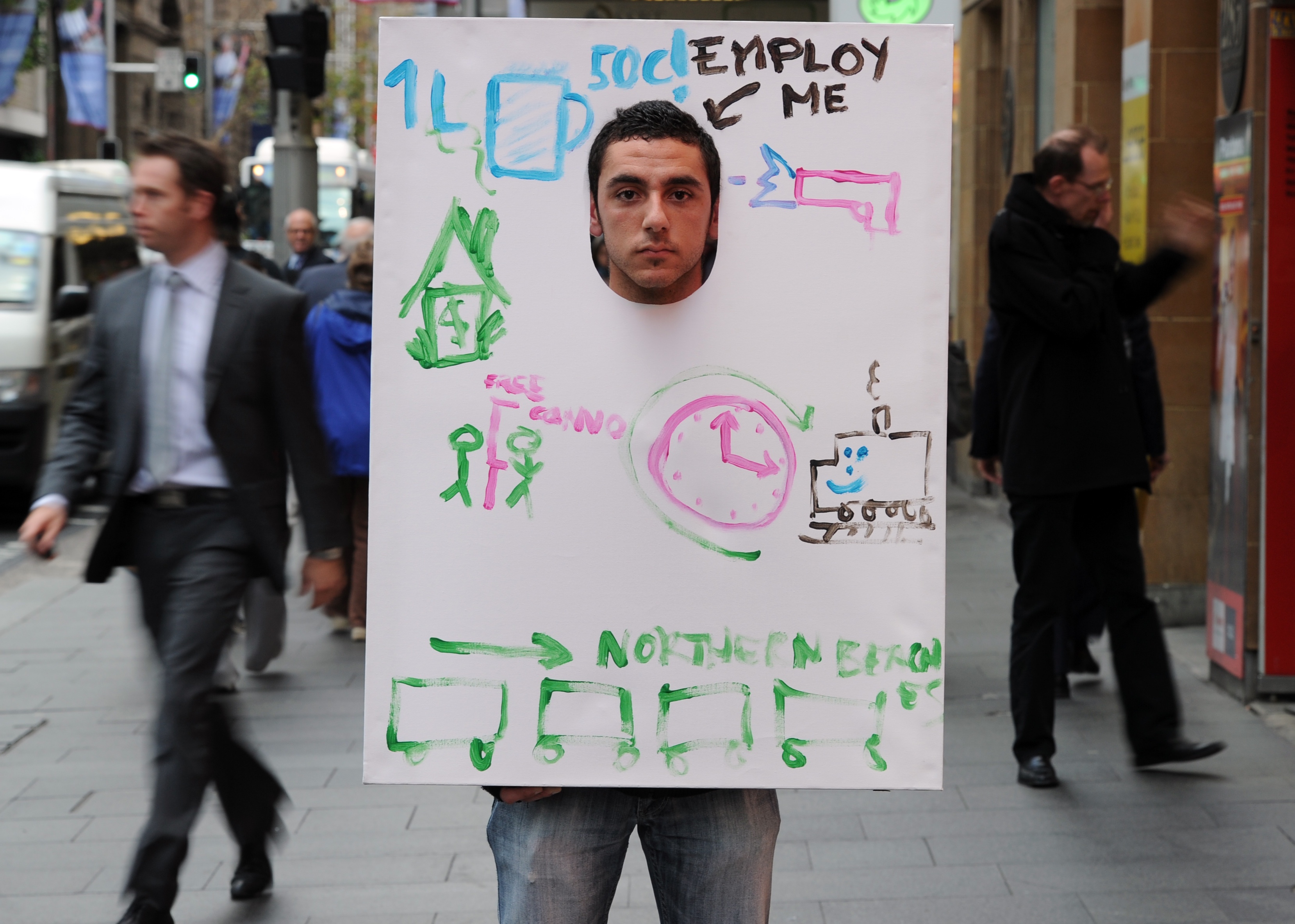
One of the reasons the official rate is so much lower is because many of the people who would have lost work are on the government’s JobKeeper program.
JobKeeper is a wage subsidy paid to businesses to keep their employees on the payroll. In addition, people are supported by the government’s JobSeeker program which is a welfare payment for those who are out of work or on low income due to low hours of work.
Both of these programs are scheduled to end late September.

Health & Medicine
The young Australians hit hard during COVID-19
But the big question is – what will happen to all those people currently receiving income through these programs?
Melbourne Institute’s Taking the Pulse of the Nation survey tracked 1,200 Australians each week during the pandemic. It can tell us who has been worst affected by the economic crisis, as well as how to better target JobKeeper and JobSeeker to get money to the people who need it most.
Our research shows that JobKeeper covers some employees that may not need the support, while JobKeeper and JobSeeker exclude many groups who do need support, as has been pointed out by other people.
This isn’t surprising given the speed with which these policies were introduced. But as we start transitioning out of lockdown, it’s time to look at fine-tuning these programs.

Nearly 80 per cent of the people we surveyed between May 11 and June 12 were in the labour force. That means they either had jobs or would like a job, as they consider themselves unemployed. Just over 20 per cent of people were out of the labour force.
Of these people in the labour market, 28 per cent have lost hours due to COVID-19 and 10 per cent have become unemployed due to the pandemic, with a further 13 per cent unemployed due to other reasons.
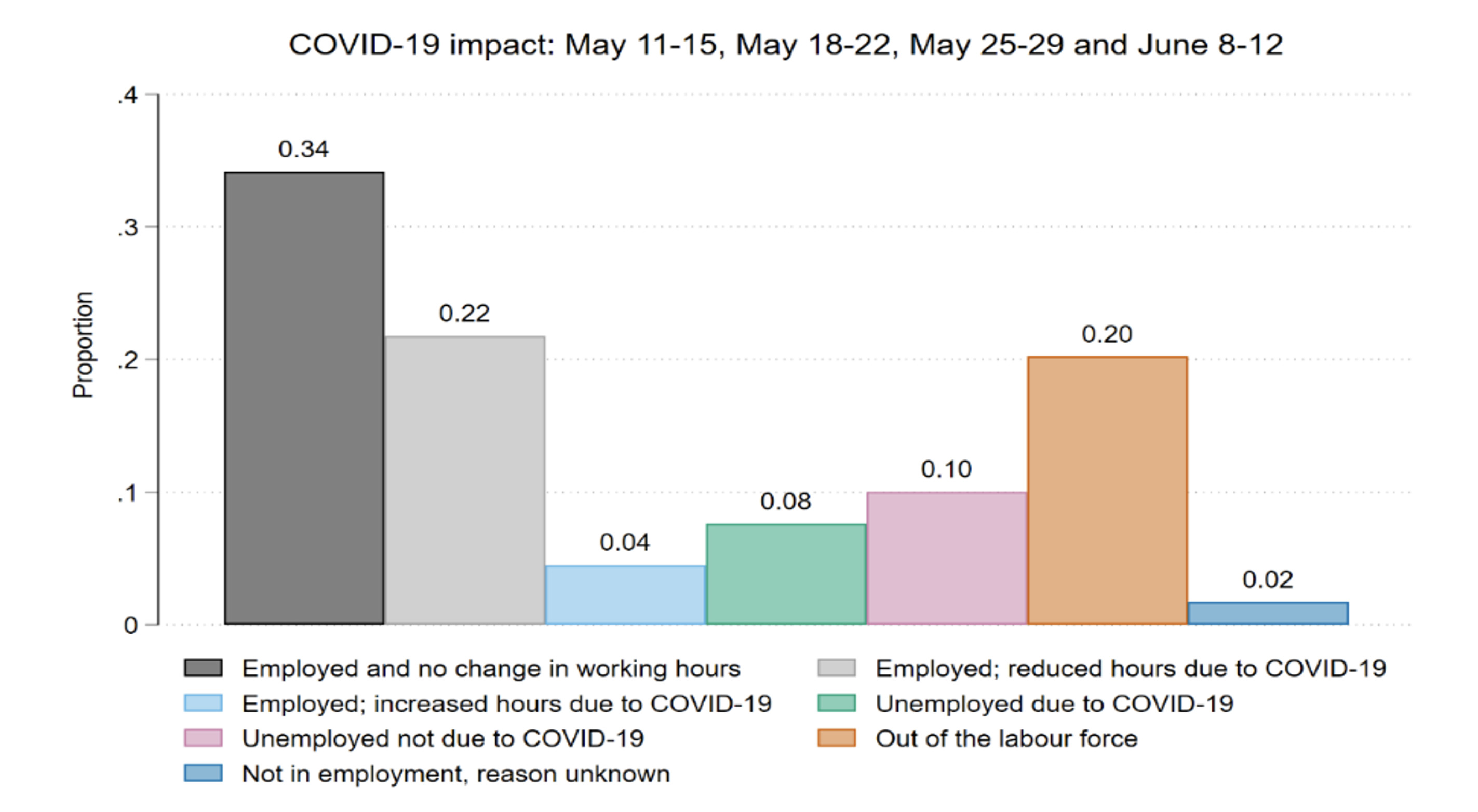
Young people aged under 24 have been harder hit, with 44 per cent in the labour force losing hours or jobs due to COVID-19, on top of 24 per cent being unemployed due to other reasons.
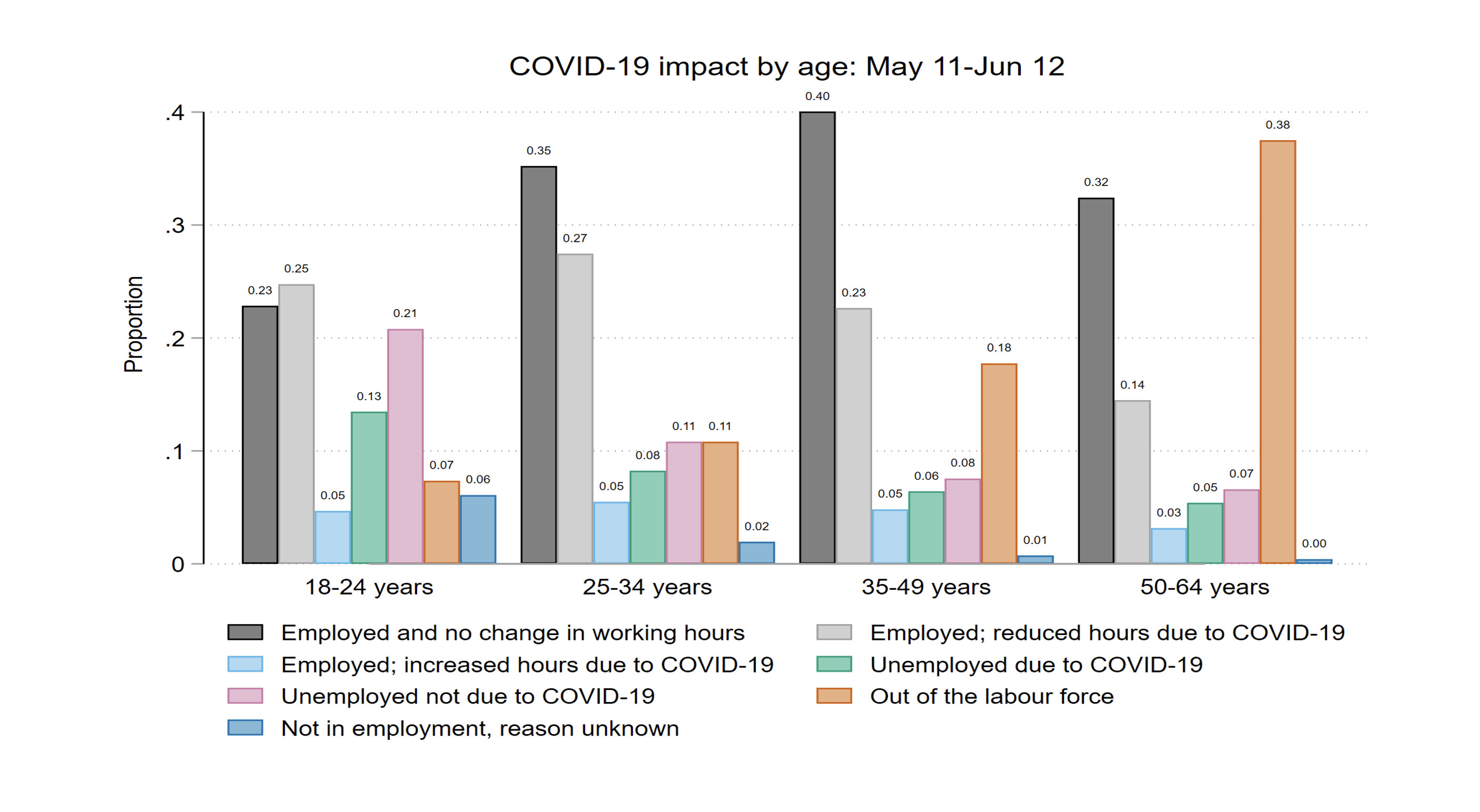
In April, on average, people reported worsening family financial circumstances compared to 12 months ago. But this trend has been nearly completely reversed in May and June. JobKeeper and JobSeeker are probably partly responsible for this.
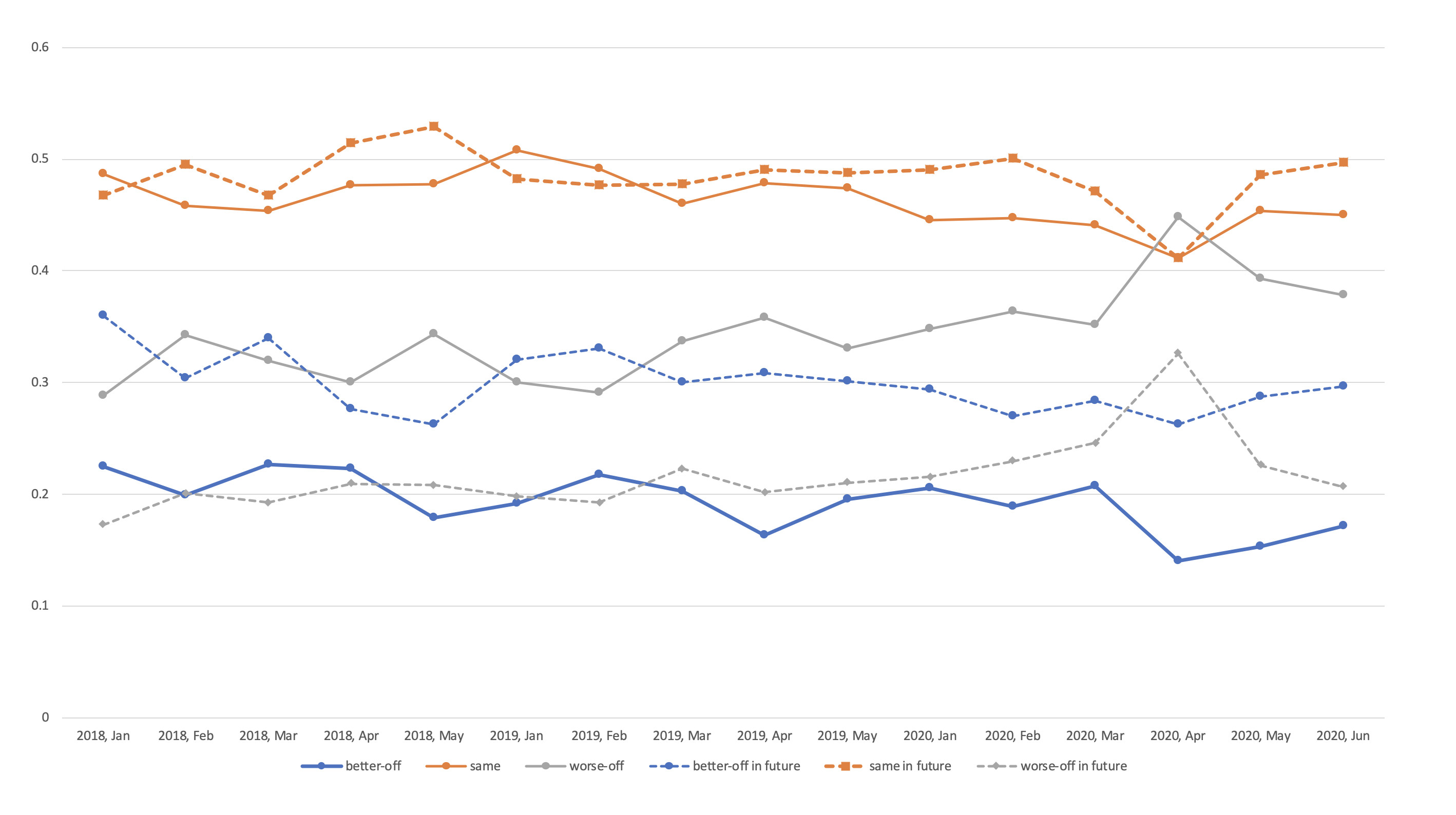
Looking at Figure 4, many of the people whose work was affected by COVID-19 didn’t receive support. Young people were less likely to receive either JobKeeper or JobSeeker, despite being worst affected by the pandemic.
This is mostly due to lower rates of JobSeeker access, and affects young unemployed people the most.

The impact of this economic crisis is expected to be long-lasting. So, now is the time to think about updating these schemes to support the economic recovery. Here are three areas to focus on.
We need to ensure that young people can return to work as soon as possible.

Health & Medicine
Will COVID-19 change what it means to be unemployed?
Policy-makers also need to focus on support for young people completing their education this year, as they may face more difficulties than usual as they enter a low-demand labour market.
Although JobKeeper makes keeping employees financially easier for eligible firms, it doesn’t help with hiring new or replacement employees.
As we transition out of the economic crisis, we may need more general support for businesses, and support for new workers entering the labour market.
We don’t want to create a ‘lost generation’ of workers.
Recently, the government discovered that JobKeeper has not been as costly as predicted.
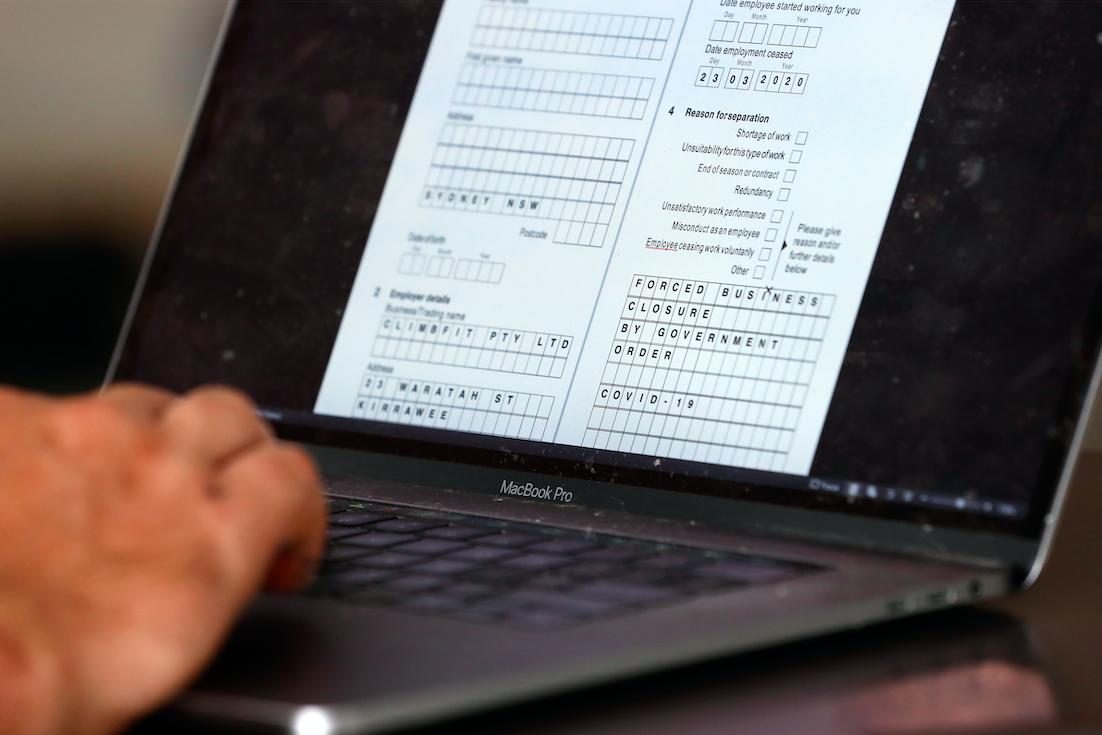
This is an opportunity to consider winding down the scheme more slowly and include some of the groups that are currently excluded, while making efficient use of available funding by more narrowly targeting those directly affected.
Supporting the most-affected businesses and employees for a longer period of time, and avoiding as many business closures as possible, is going to be extremely important in terms of our economic recovery from the pandemic.
If parts of the economy don’t recover well, this can have flow-on effects on other businesses.

Business & Economics
The do’s and don’ts of bolstering your financial resilience
For example, the recent announcement that JobKeeper will stop for childcare workers from 20 July is concerning, not only because it targets a largely female workforce, but also because it risks childcare centre closures.
This also affects parents’ ability to participate in employment, where again women are the group most likely to be affected.
Temporary visa holders aren’t eligible for JobKeeper, which means the cost of keeping them on the payroll has increased for employers.
This could have the unintended consequence of making hiring immigrants on temporary visas risky.
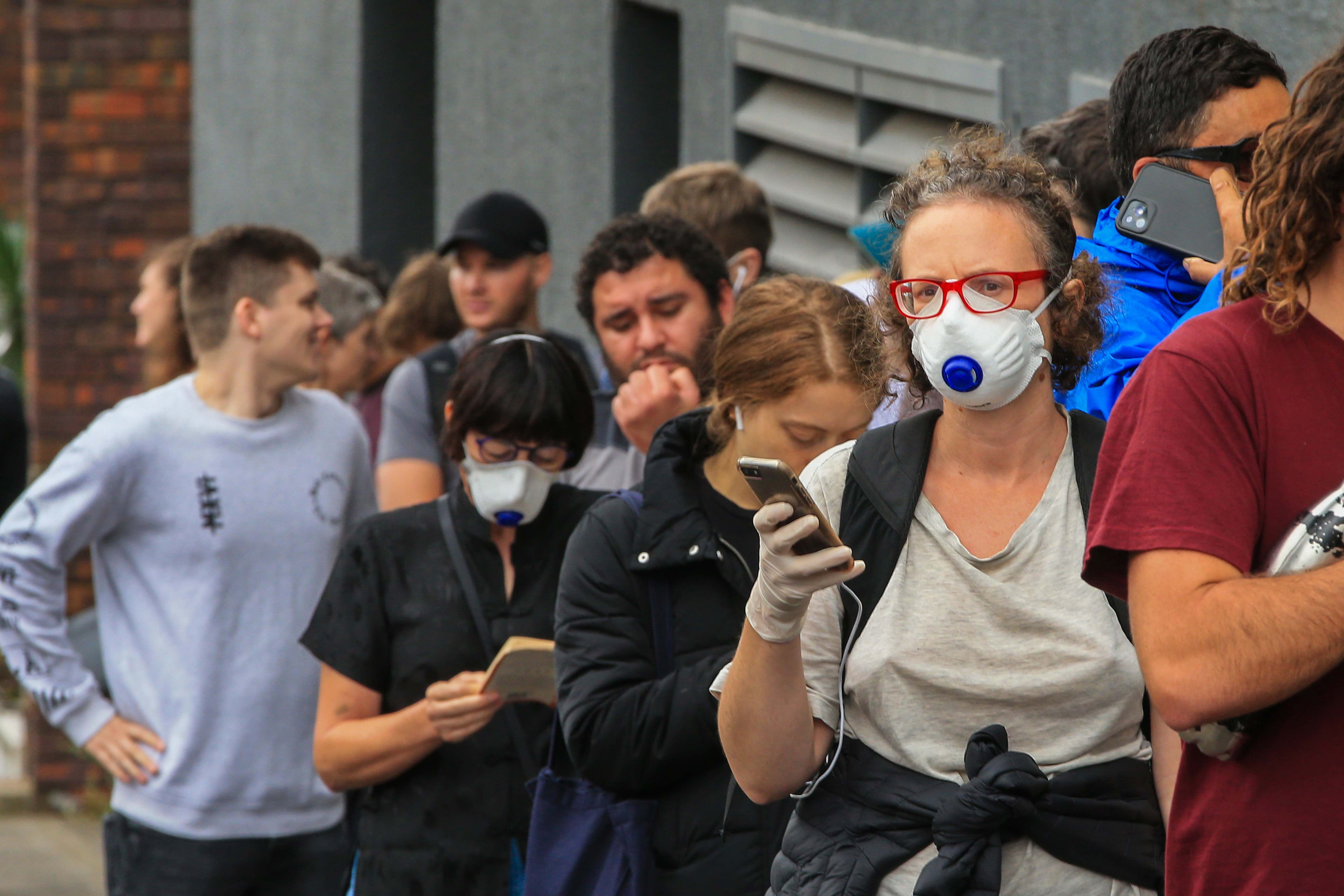
It could also unintentionally ‘force‘ temporary visa holders, many of whom are highly skilled immigrants, to leave the country. As these people miss out on both JobSeeker and JobKeeper, it puts them at greater financial risk if they lose their job.
The government could think about extending the schemes to migrant workers.
Carefully thinking through these and other issues will help ensure that the Australian economy, and the people working in it, have the best chance of bouncing back.
Professor Guyonne Kalb presented this research as part of the Melbourne Institute Colloquium, a series of fortnightly webinars. Find out more here.
Banner: Getty Images